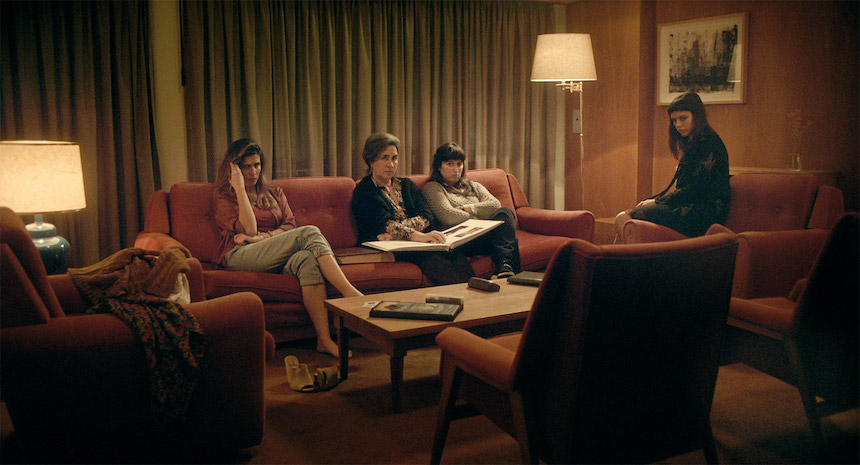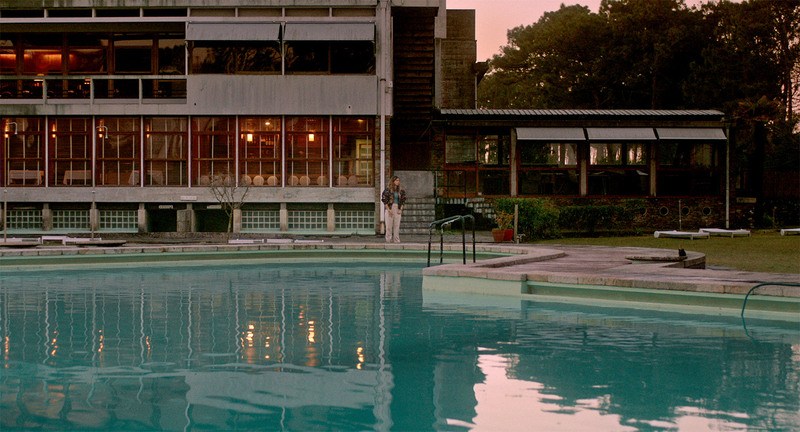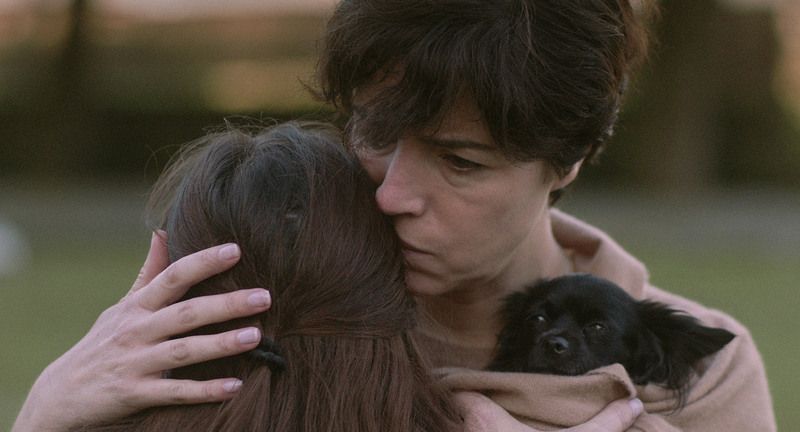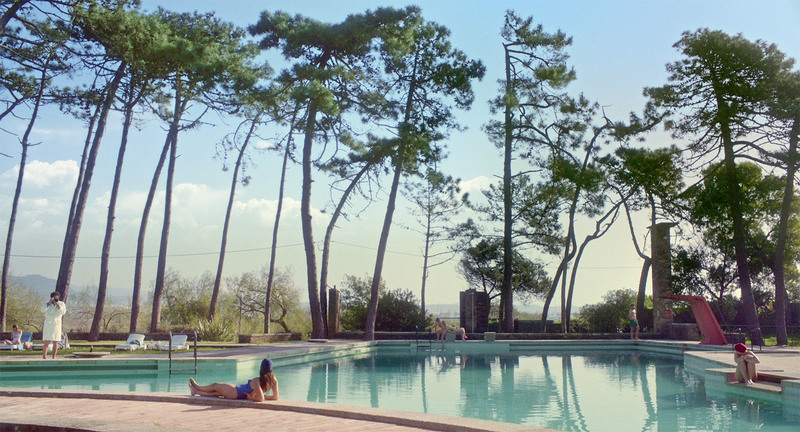IndieLisboa 2023 Review: Diptych BAD LIVING and LIVING BAD, Hotel Fever Psychodrama

In João Canijo's latest diptych, Bad Living (Mal Viver) and Living Bad (Viver Mal), the Portuguese auteur plunges into the depths of intergenerational anxiety and the impact of maternal love.
In contemporary Portuguese cinema, João Canijo has emerged as an auteur exploring the nation's collective psyche and social fabric through a no-holds-barred portrayal. The director offers an unflinching gaze into the liminal spaces of society, unraveling hidden layers and peering into them almost voyeuristically.
Set in a family-run hotel on the northern shore of Portugal, the two interlinked films Bad Living and Living Bad explore the stories of the family managing the hotel and the guests visiting it, revealing a microcosm of strained and stranded relationships, suppressed emotions, grief, anxiety, and remorse.
Bad Living, the first of the diptych, is a psycho-therapy gone wrong, unearthing the lives of three generations of women trapped within the hotel's claustrophobic confines.
Canijo navigates a labyrinth of familial relationships, as the unexpected arrival of a granddaughter sets off a chain reaction of buried resentments and bitterness leading to a tragedy.
In contrast, Living Bad pivots to the other side and unfolds in parallel to the first film while turning the tables to focus on the hotel's guests and their own troubled relationships.
Inspired by August Strindberg's plays and adapted to the screen with Canijo's signature collaborative approach, the film offers an alternative point of view on the events of Bad Living, showing the universality of fates in a psychological miniature in a bigger design of the hotel's ecosystem.
The hotel serves as a purgatory accentuating the theme of inescapable familial bonds while exposing inter-generational and interpersonal neuralgic points. Canijo's use of the single location allows the viewer to feel the weight of the emotional baggage and misunderstand histories carried by the characters, making confrontations between them more intimate, albeit rawer.
Working closely with actors over an extended period, the director prepared a screenplay of ambiguous crises and confrontations. The result is an intensive exploration of the anxiety that can undermine the ability for unconditional love and the cycles of familial dysfunction and trauma.
Canijo’s cinematic style, which blurs the lines between fiction and documentary through the performances, reveals a director attuned to the undercurrents and mechanisms that shape family and interpersonal relationships and is not afraid to venture into controversy-courting avenues.
Misery loves company in Canijo´s modernized collective take on A Doll´s House except it´s a hotel. Bad Living and Living Bad might be the anti-feminist feminist venture constructed on gender archetypes, stereotypes, and twisted patterns.
In Bad Living and Living Bad, João Canijo, along with a cast of dedicated actresses, such as Anabela Moreira, Rita Blanco, Madalena Almeida, and Cleia Almeida, among others, have crafted a searing, at times lacerating, exploration of the interplay between anxiety, love, unprocessed family traumas, and (self)destruction.










